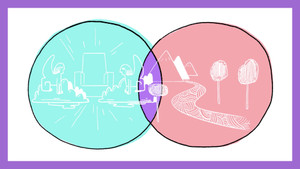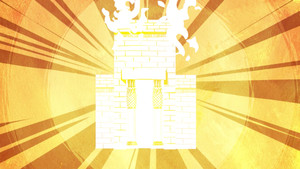
6:02

Does God still care about the destruction humans have caused in his good world? The story of the Bible shows us how God confronts human evil, as well as the deeper spiritual evil that is at work on Earth. Ultimately, we see how Jesus responds to the problem of evil by allowing his death on the cross.






























